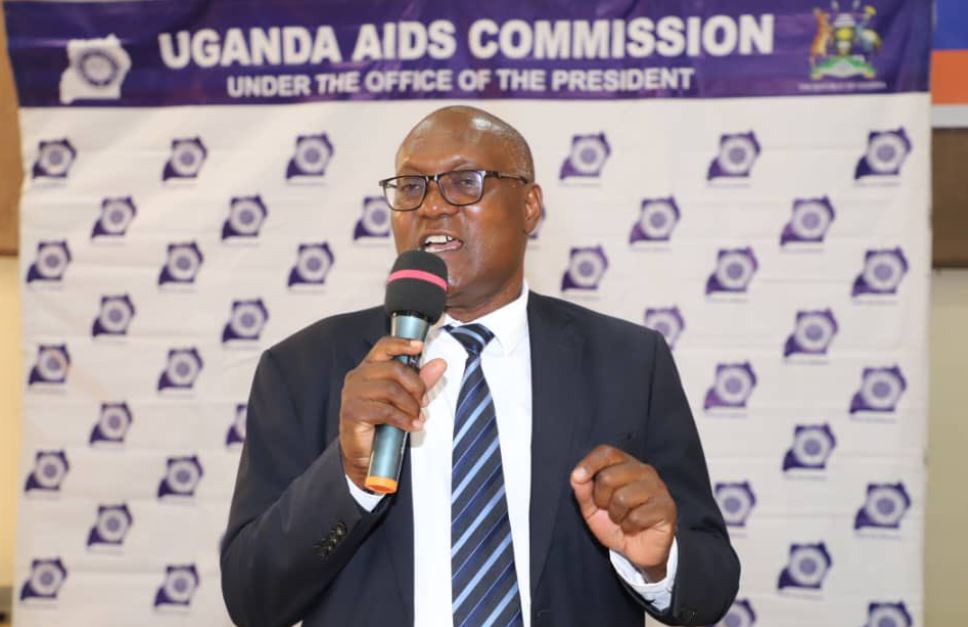A total of over 1.4 million Ugandans reportedly live with HIV/AIDS according to the Uganda AIDS Commission. Uganda’s population has reached 45.85 million ( according to 2021 government data).
The commission established in 1992 disclosed on Tuesday that over 1.4million people in Uganda are currently living with HIV, with a significant number being young women and girls, primarily due to high-risk sexual behaviours.
The disclosure was made by the commission during HIV/AIDS Awareness Campaign under the theme: “Ending AIDS by 2030: My Responsibility”. The session brought together hundreds of students at Kyambogo University in the capital, Kampala.
However, in March, a study by the country’s Virus Research Institute in collaboration with the London School of Hygiene and Tropical Medicine Uganda Research Unit found that new infections in men declined by 88 per cent, from 0.96 percent in 1990-1992 to 0.12 percent in 2018-2021.
In women, the corresponding HIV/Aids incidence decline was 60 per cent – from 0.68 percent to 0.26 percent.
The study, titled “Thirty Years of Change in HIV Incidence among Adults in the Kyamulibwa General Population Cohort in Rural Southwest Uganda, 1989-2021”, was recently published in the International Journal of Infectious Diseases and attributes the sharp decline in HIV/Aids incidence to changes in sexual behaviour.
The first cases of HIV/Aids in Uganda were identified in 1982 in Rakai district, about 200km southwest of Kampala.
By 1986, up to 900 cases had been reported, rising to 6,000 cases by 1988, according to the Uganda Aids Control Programme (UACP).
In 1990, the prevalence rate stood at between 18 percent to 30 percent, with mother-child HIV transmission rate reaching 26 percent.
Uganda Aids Commission says the country has registered a 37 percent decline in annual HIV/Aids related deaths – from 27,000 in 2016 to 17,000 in 2021. In the same year, new HIV infections stood at 54,000, which translate to about 0.12 percent.



















